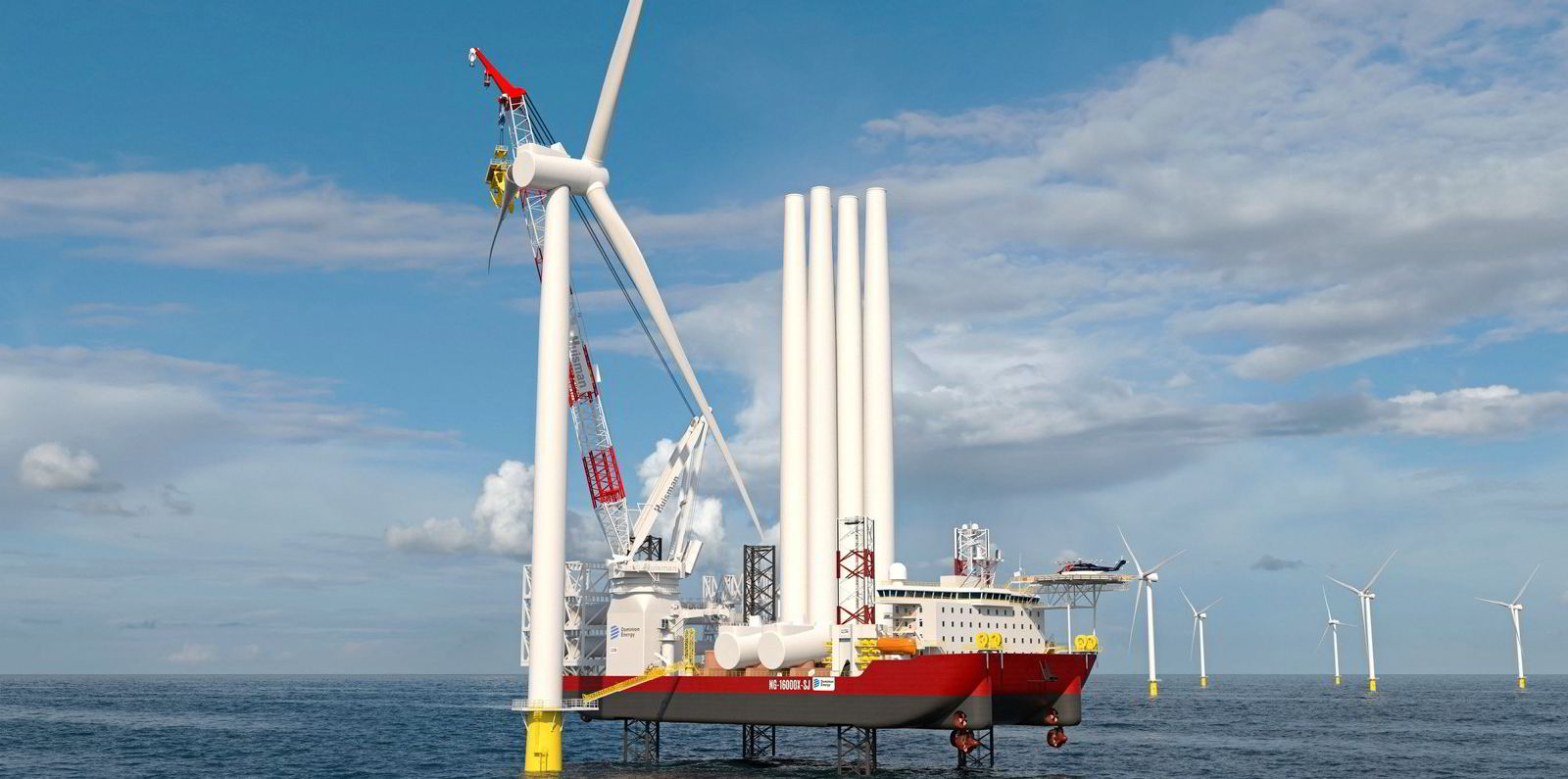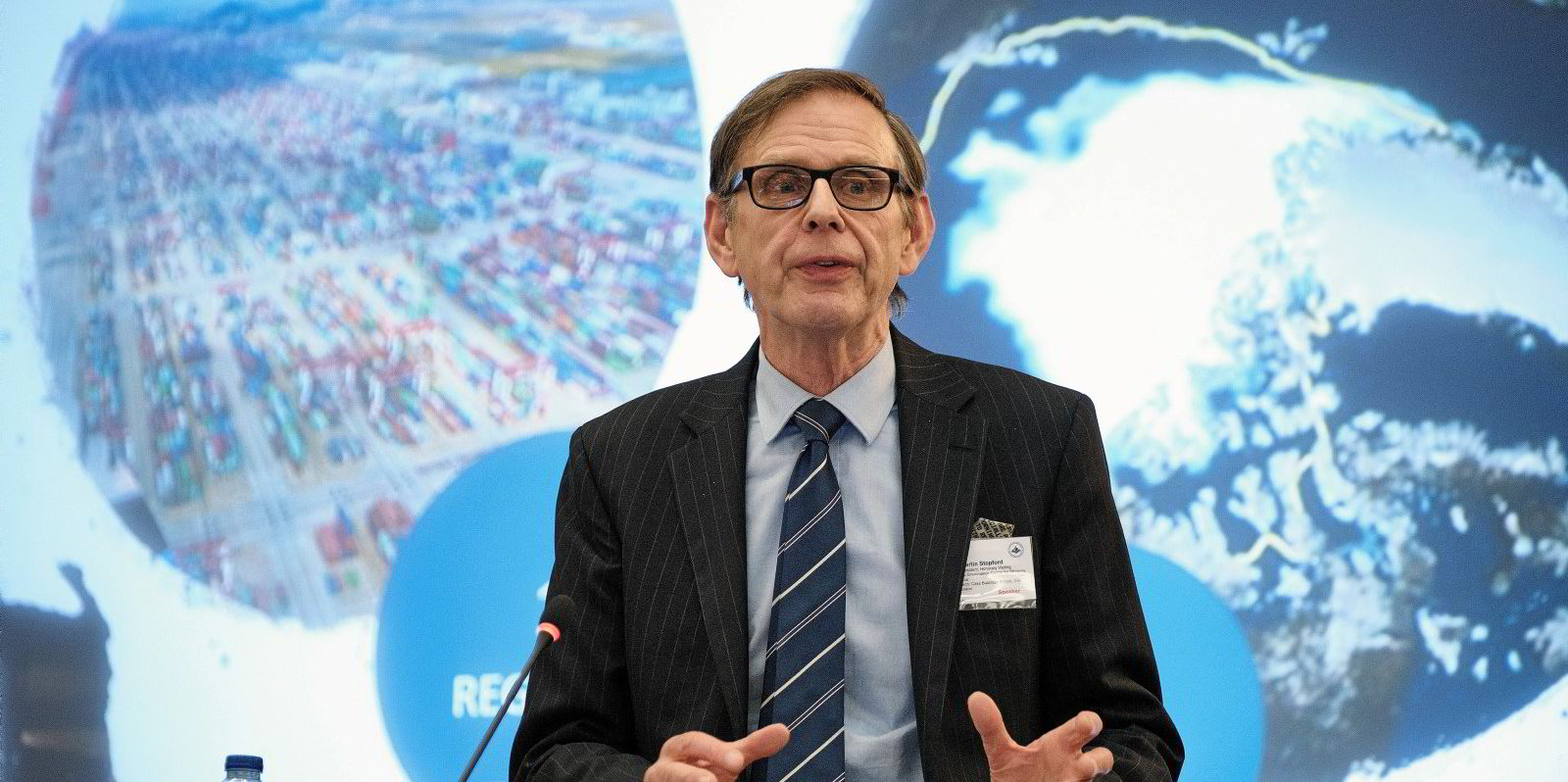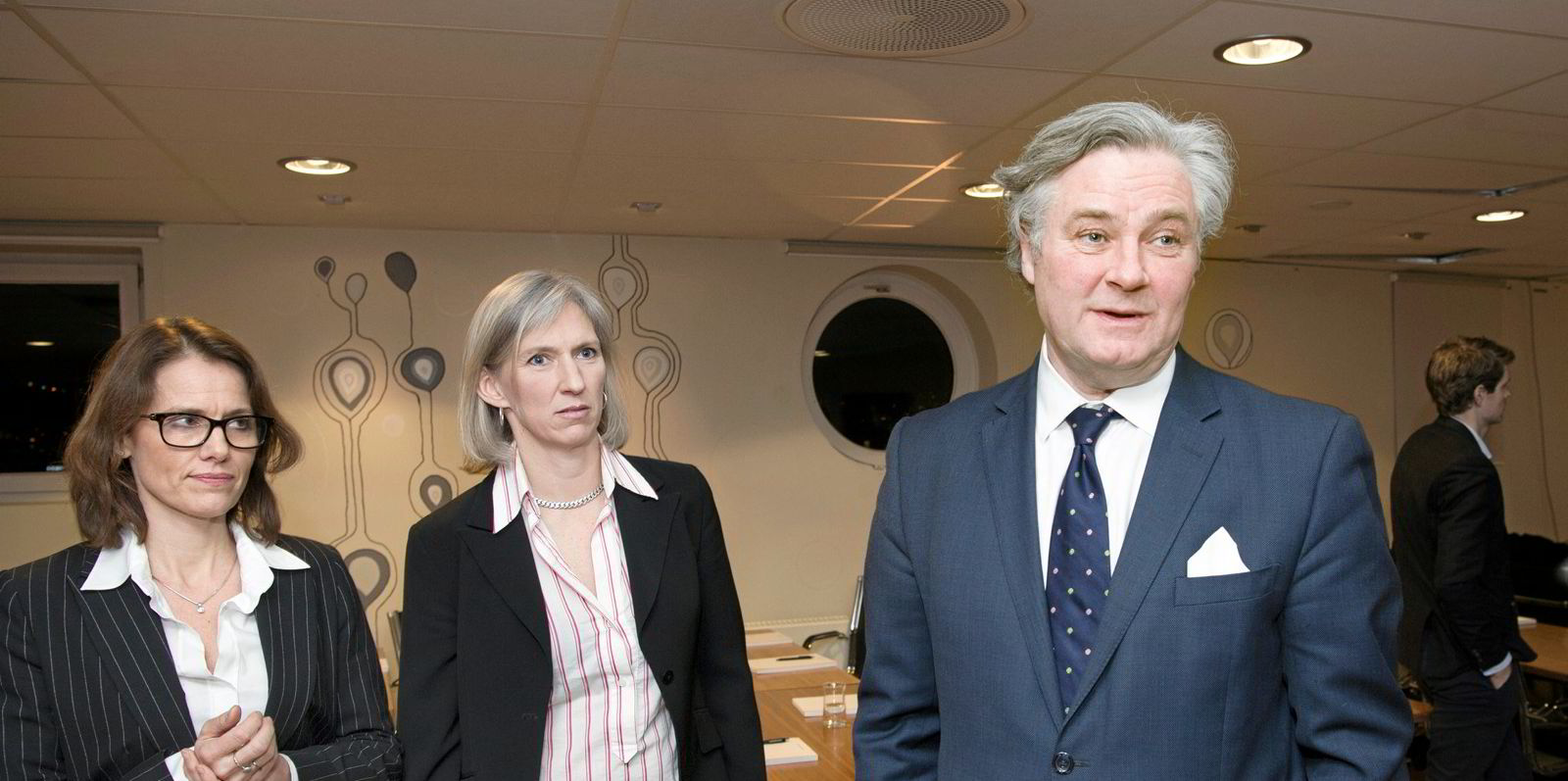Shipowners need to take steps this decade to close the gap to green fuels that will emerge more prominently in the 2030s, analyst Martin Stopford says.
In a presentation to Capital Link’s Shipping & Marine Services Forum in London, Stopford said he is more concerned about the next decade than this one.
He said agencies are forecasting that global GDP is going to double by 2050 and the world population will increase by 25%, so not only will shipping need to deal with decarbonisation but also more and different trades.
But he emphasised that the supply of green fuels will be limited.
Stopford said the big question is what to do about the green energy gap for the period up until the mid-2030s.
Companies buying a dual-fuel engine today need to ask if they will be able to compete with others also trying to buy green energy: “Personally, I wouldn’t touch a ship unless I could get a fuel contract.”
Stopford also highlighted the cost of green fuels.
Staggering amount of wind
He ran through his staggering calculation that a container ship newbuilding consuming 200 tonnes per day (tpd) of heavy fuel oil would need the equivalent of 400 tonnes per day of methanol, which would require 36 offshore wind turbines to produce it as a green fuel.
He estimated the cost for this at $1.1bn plus operating expenses of $100,000 per day and other costs associated with methanol production and delivery.

In addition, he said renewables wind and solar account for only around 13% of electricity production and it must be assumed there will be competition for green electricity from other users.
Stopford observed that the conference had heard more about the charterers than usual, and he said there is a growing awareness that they will need to come on board if the industry is to move forward.
He described current investment decisions as “really difficult”.
In the deepsea trades, he believes dual-fuel engines are fine for the 2020s. Shortsea shipping will be able to innovate with batteries and new fuels such as hydrogen.
“In this decade, steps need to be taken to invest in whatever you are going to use to close that green energy gap in the 2030s,” he said. “The challenge is finding what technology can be used.”
Of four fuels, Stopford described methanol as “nice work if you can get it”, hydrogen as “a bit challenging for ships” and ammonia as coming with some risks.
On the fourth, nuclear, he made a brief plug for Core Power’s molten salt reactor. He said the technology would enable a vessel to run for 30 years without refuelling and allow it to plug in while in port and deliver electricity to the grid.
But he does not believe anyone in the room will opt for nuclear power.
Looking at the “green bubble” for maritime in the 2030s and 2040s, he said owners can put all their money on renewables or opt for something radical like nuclear — or, more likely, “do a bit of both”.





